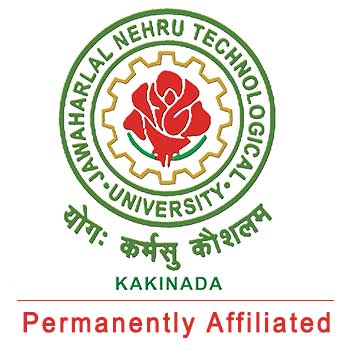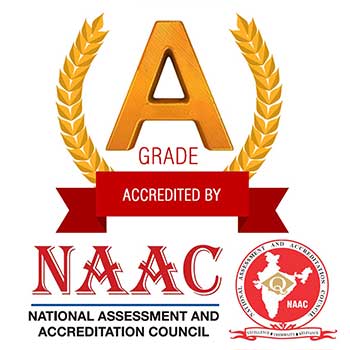Nuclear Battery

The researchers of Missouri University (MU) claim to have created a prototype of a nuclear-powered, water-based battery which is said to be long-lasting and more competent than current battery technologies. This battery can also be used as a reliable power supply in vehicles, spacecraft, and other applications where long life, dependability, and efficiency are paramount. Betavoltaics is a battery technology that generates power from radiation.
As per the researchers study, the controlled nuclear technologies are not essentially dangerous. These types of nuclear technologies have already been used in many commercial uses and in our lives including fire detectors in bedrooms and exit signs in buildings. Utilizing the radioactive isotope strontium-90 to improve the electrochemical energy formed in a water-based solution, the researchers have included a nanostructured titanium dioxide electrode acting as a catalyst for water decomposition. This will assist the catalyst to the breakdown of water in combination with the applied radiation into mixed oxygen compounds. As a result, when high-energy beta radiation passes through the platinum and the nanoporous titanium dioxide, the electron-hole pairs are produced from the titanium dioxide, forming an electron flow and a resultant electric current. In this process water act as a buffer and surface plasmon’s are created in the device bowed out to be very useful in raising its efficiency. The ionic solution will not easily freeze when the temperatures are very low and could work in an extensive range of applications including car batteries, and if done properly, possibly spacecraft.
The first ever nuclear battery; the Nano Tritium Device by City Labs was one notable example and is first nuclear battery that has been created to develop the inherent advantages of radiolysis (water-splitting with radiation) and to produce the electric current at higher energy levels and in low temperatures than earlier possible, and at much superior claimed efficiencies than any other water-splitting energy production techniques. Unlike from other forms of photocatalytic methods of water-splitting to produce energy, the high-energy beta radiation in the MU device produce free radicals in water such that the kinetic energy is recombined or trapped in water molecules so that the radiation can be changed into electricity – using the platinum/titanium dioxide electrode previously described – to achieve water splitting efficiently and at room temperature.
As a result, at the same time the solar cells use a comparable mechanism for the transference of energy via hole-electron pairs, very few free radicals will be produced as the photon energies are mainly in the visible spectrum and subsequently at lesser levels of energy.
The beta radiation produced by strontium source with its ability will improve the chemical reactions involving free radicals at greater electron energy levels. This is a much more efficient way to produce extremely high and reliable energy sources so that the water-based nuclear battery will sustain for longer years and offer a feasible choice to the solar cell as a sustainable, low-pollution energy source.





